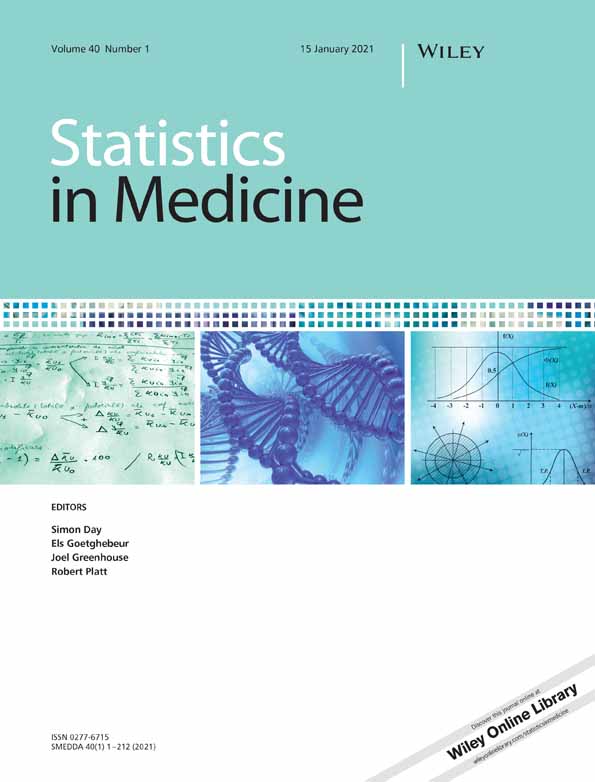Kernel density-based likelihood ratio tests for linear regression models
Funding information: Innovation Program of Central South University, 2018zzts102; Research Grant Council of the Hong Kong Special Administrative Region, UGC/FDS14/P01/16; UGC/FDS14/P02/18; National Natural Science Foundation of China, 11871124; 11871477
Abstract
In this article, we develop a so-called profile likelihood ratio test (PLRT) based on the estimated error density for the multiple linear regression model. Unlike the existing likelihood ratio test (LRT), our proposed PLRT does not require any specification on the error distribution. The asymptotic properties are developed and the Wilks phenomenon is studied. Simulation studies are conducted to examine the performance of the PLRT. It is observed that our proposed PLRT generally outperforms the existing LRT, empirical likelihood ratio test and the weighted profile likelihood ratio test in sense that (i) its type I error rates are closer to the prespecified nominal level; (ii) it generally has higher powers; (iii) it performs satisfactorily when moments of the error do not exist (eg, Cauchy distribution); and (iv) it has higher probability of correctly selecting the correct model in the multiple testing problem. A mammalian eye gene expression dataset and a concrete compressive strength dataset are analyzed to illustrate our methodologies.
CONFLICT OF INTEREST
The authors declare no potential conflict of interests.
Open Research
DATA AVAILABILITY STATEMENT
The mammalian eye gene expression dataset is available via the link http://myweb.uiowa.edu/pbreheny/data/Scheetz2006.html;19 The concrete compressive strength dataset is available from the UCI Machine Learning Repository via the link http://archive.ics.uci.edu/ml/datasets/Concrete+Compressive+Strength.28




